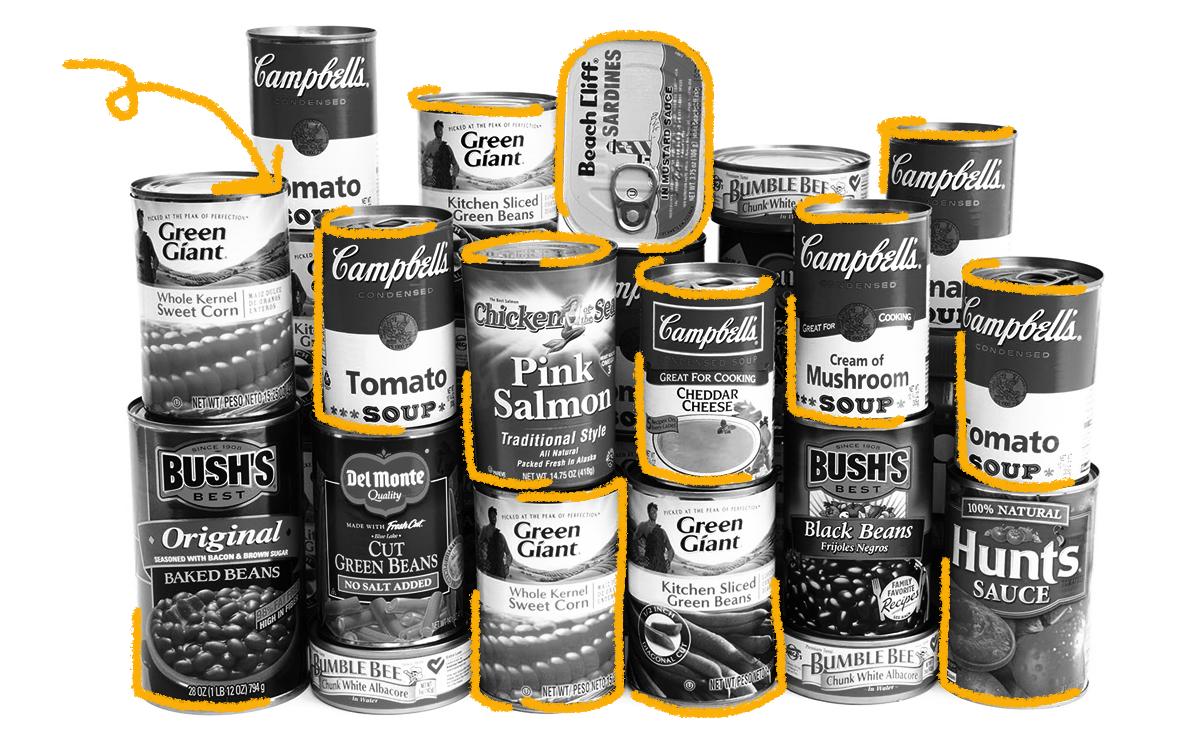In 1795, the French government offered a prize of 12,000 francs for a breakthrough in food preservation. Engaged in wars all over the globe, their need for a stable source of food for soldiers had never been more apparent. Nicholas Appert, a young chef from the Champagne region, studied food preservation and came up with a radical new method: packing food in champagne bottles sealed with a mixture cheese and lime (it was surprisingly effective). He then progressed to using wide-necked glass containers, and his preserved foods – which include vegetables, meat, dairy, and fish – were sent out to the French Navy as a trial.
Over the years, Appert continued to refine his method, and by 1804, he had switched to using tin cans that were soldered shut. Because can openers wouldn’t be invented for another 30 years or so, soldiers had to chisel or stab the canisters open with their bayonets. Despite this inconvenience, Appert’s method of canning was effective in keeping food fresh, and it changed the face of food preservation forever. It also earned him the prize he sought. He even wrote a publication detailing his method, called The Art of Preserving, for Several Years, all Animal and Vegetable Substances, which he published in 1810. His method laid the groundwork for further innovations in canning, the most significant of which occurred in 1904, when the Max Ams Machine Company of New York patented the double-seam process that is used for most modern food cans today.



